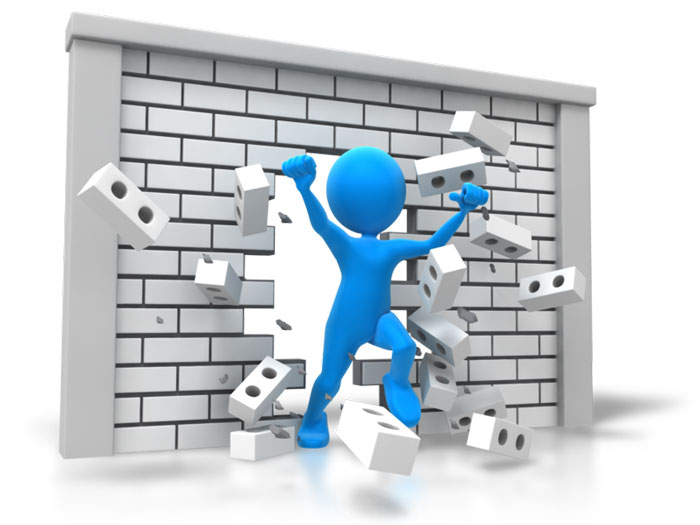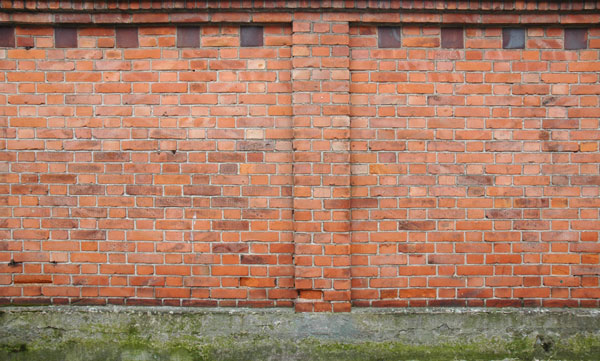
Another day and another pep talk. I know that exercise is good for me but some days I find myself making excuses and rationalizing why I can’t exercise today. As a former scientist and current physician-in-training, I am well aware of the research that shows the benefits of exercise for health and wellness. I know that in addition to the physical benefits, daily exercise can facilitate protective, adaptive and regenerative responses in the brain. I am even married to the guy who co-wrote Strong Medicine, arguably the most important health and wellness book out there (I am in no way biased!), with pages filled with the reasons I need to exercise. So why do I have such a hard time sustaining a schedule that includes regular exercise?
From looking at the poor state of fitness in the majority of us, I know that I am not an anomaly. Most of us have similar struggles prioritizing exercise. Starting and maintaining a regular exercise routine obviously has many barriers in modern society. There are entire industries built around finding the latest “revolutionary” gadget or program to inspire us to exercise. The marketing gurus of the sporting goods and technology companies have tried to assist us (and take our money) by selling handy gadgets such as the Fitbit, heart rate monitors, and activity trackers all created to help motivate us to just move. Despite of all the latest technology at hand we still struggle.

Those who study this subject have looked closely at barriers to exercise (and lifestyle change in general). These barriers can be broken down into three general categories:
- Intrapersonal: time, knowledge, motivation, personal appearance, and overall health to initiate an exercise program.
- Interpersonal: commitment to self versus others, lack of support, and lack of workout partner
- Environmental: lack of equipment and lack of realistic role models.
Personal appearance! Who doesn’t want to look better naked? Some days it is really tough to face the mirror and many feel this way (whether they admit it or not). What can even be more taxing on self esteem is how we perceive we look both in our workout attire and while we are performing the exercises. Before you launch into a rant about exercise not being a beauty contest, let’s take a closer look at these very real barriers (especially for women) to getting someone to start and maintain an exercise program. I came across a very interesting research article published by Bourn and colleagues that evaluated the effects of viewing “reality” weight loss television shows on body satisfaction, mood and snack food consumption. We assume that these reality TV shows are motivating for those watching, however Bourn’s published results show that “larger women experienced less body satisfaction and less positive mood in response to weight loss program” than a control group that watched a program on home renovations (the control group). Additionally, it was reported that a “greater percentage of women with higher dietary restraint ate food whilst watching the weight loss program.” In this study, not only was watching overweight people exercise not helpful for the viewers own body image, people whom normally have more restraint with snacking ate food while watching the reality weight loss show!
I know you are saying to yourself that this is a research group and perhaps they were almost expected to feel this way. But, let’s look at a snapshot in reality. Negative thoughts about your appearance can create a rabbit hole into which we chase our self-esteem. I want to share a story about appearance during exercise. A friend of mine and I were talking about exercise and clothing. The weather is getting warmer, but not quite warm enough for just shorts and t-shirts. I freely admit that I have moments where I am concerned about appearance while in workout attire. I expressed this to my friend, who has been an athlete since she was a teenager and has the lean body composition that one would expect with a life long athlete. I was shocked to hear her express similar insecurities with her own appearance in workout clothing. Logical or not, perceived self image and appearance is a river that runs deep!
Lack of time and conflicting responsibilities seem to be partners in crime for creating barriers to exercise. There never seems to be enough time and it seems that we have to make a choice to do something good for ourselves or take care of our family first. I know I think about this often! I am a full time medical student and I feel that I need to carve out time for everything from studying, spending quality time with my family, and personal time for myself (mostly to workout).

I scrutinize my schedule to see where I can fit in time for a 20-minute burst protocol (see Strong Medicine) or a 4-minute Tabata routine. It doesn’t seem like a lot of time but when you factor everything in, but even this amount of time can seem prohibitive. I have become creative and workout. When there is a short break in between classes or before I get dinner started (if I am home before Chris), I will pop into the garage to get some sort of workout in. Having a space set aside in your home to work out can really make a difference. Strong Medicine provided us with a look at some efficient exercises that can be done using either the burst or HIIT protocols, helping to eliminate the concerns of time being barrier while still getting in an effective workout. Using these two methods can certainly help overcome the barrier of time.
While engaging in regular exercise can help increase energy, improve mood and improve your physical appearance, make sure you start at your ability level. You may have to start with just walking. That is OK, just make sure you do it. You may not feel that is enough but it is a starting place to build your foundation. Strong Medicine has a walking program for the absolute beginner that starts out very slowly and builds gradually.
Lack of social support from family or friends and lack of partner for exercise are less discussed barriers. We touched upon conflicting responsibilities as it overlaps with time in the intrapersonal barriers but how do we overcome lack of support? Let’s look to our family first. Getting a family member to join us in exercise can increase the time we spend with loved ones as well as provide support and a workout partner for us. Here are a few ideas to start:
- Find a family member or friend willing to go for a walk with you regularly. Once a routine is formed you can try out alternate exercises and intensities together. Building the exercise relationship first this the is key.
- Instead of a ladies or guys night out at some bar, how about 30 minutes of exercise with your friends before dinner? Make exercise a part of the social bonding of a night out.
So now that we have made a time commitment to ourselves and found a workout partner, let’s look at our final group of barriers. These can include:
- Lack of facilities/equipment,
- Lack of role models for physical activity
Gym memberships and equipment can be expensive, and choices of where to join and what to buy can be overwhelming. If you are a beginner to exercise, you are born with all the equipment you need to get a good workout, your own body! Learning simple bodyweight exercises can be a great beginning. If this is where you are starting you are probably pretty safe working out on your own. The safety concerns should be minimal but if you are ready to attack advanced moves, you will want to consult a professional (Dragon Door’s PCC is an excellent place to start).
Finding motivating exercise role models can be extremely difficult. All of the images on TV or the Internet are of extremely buff individuals with bodies that appear unattainable. However, it is this image that sells products with the promise that you also can look like this. Uh oh! We are back to body image.
Perhaps we should stop looking for role models and just find motivation first. Personally, I find this quote by physician and athlete George A Sheehan helpful for motivation (maybe not so inspirational): “Exercise is done against one’s wishes and maintained only because the alternative is worse.” The fear of poor health can kick you in the butt to get you moving, but once you start making exercise a habit in daily life, you will find that the good feeling you get after a workout is its own reward and will keep you coming back for more (endorphins are wonderful!) Become your own inspiration instead of looking for it in others.
This article was originally written to discuss both barriers and motivations for exercise. Motivation, like exercise, is not one size fits all. The quote from Dr. Sheehan above should be enough to set your body in motion but you will need to find what motivates or inspires you to take control of your health and your life. Obtaining a better body and health is achievable if you prioritize exercise and make it a habit. The barriers you perceive are not insurmountable. Besides, who doesn’t want to be really, really, ridiculously good looking…
****
Carrie Hardy, M.S. is a former biochemist, 4th year medical student at Bastyr University, mountain biker, amateur photographer and a neophyte in Brazilian Jiu-Jitsu. Her passion is combining science with individualized medicine to empower individuals to lead a healthier life.